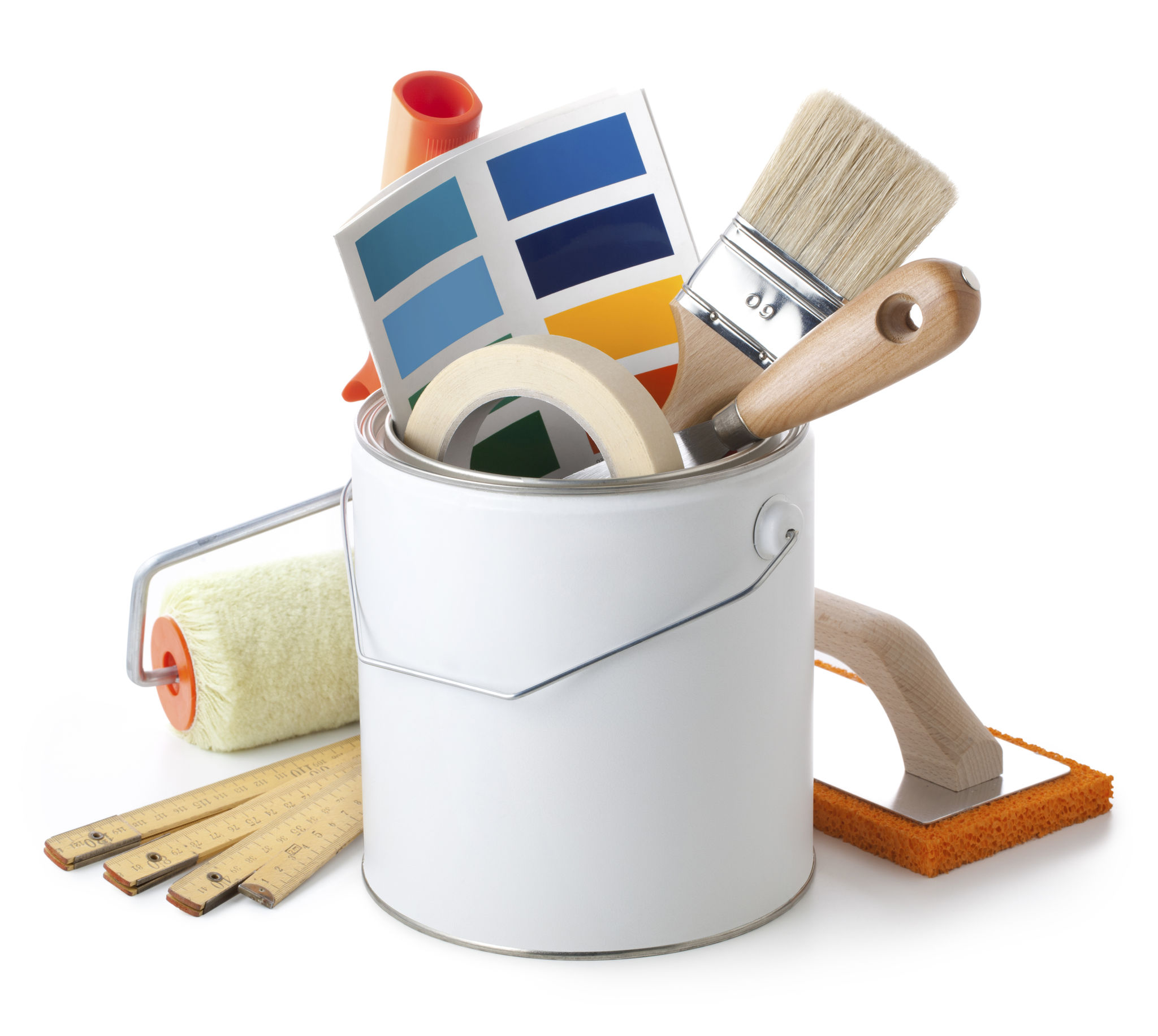Common House Painting Mistakes and How to Avoid Them
Choosing the Wrong Paint
One of the most common mistakes in house painting is selecting the wrong type of paint. It's essential to consider whether you're painting indoors or outdoors, as they require different types of paint. Interior paints are designed to withstand cleaning and are more aesthetically pleasing, whereas exterior paints are formulated to resist weather conditions.
Additionally, consider the finish you want. For high-traffic areas, a satin or semi-gloss finish might be more suitable due to their durability and ease of cleaning, while matte finishes are better for low-traffic areas. Avoid the mistake of using a flat finish in kitchens or bathrooms where moisture is prevalent.

Skipping Surface Preparation
Proper surface preparation is crucial for a successful paint job. Many people skip this step, leading to peeling and uneven paint. Start by cleaning the walls thoroughly to remove dirt and grime. Sand the surfaces to ensure the paint adheres properly and fill any holes or cracks with filler.
Priming is another essential step that should not be overlooked. Primer helps to seal the surface and provides a uniform base for the paint, leading to better adhesion and a smoother finish. Depending on the condition of your walls and the color of the paint, multiple coats may be necessary.

Using the Wrong Tools
Using the wrong tools can result in an uneven paint job and wasted paint. Invest in high-quality brushes and rollers that are appropriate for the type of paint you are using. Natural bristle brushes work well with oil-based paints, while synthetic bristles are best for latex paints.
For large surfaces, use a roller to speed up the process, but make sure it's the right nap for your wall’s texture. A short nap roller is ideal for smooth surfaces, while a longer nap roller is better for textured walls. Don't forget to use painter's tape to protect areas you don't want painted.

Not Testing Colors
Lighting can significantly affect how paint colors appear on your walls. It's a mistake to choose a color based solely on how it looks on a small swatch. Always test your chosen colors on a small patch of your wall and observe how it looks at different times of the day.
Consider painting samples on different walls in the room since natural light can vary from one area to another. This can save you from ending up with a color that doesn't work well in your space.
Applying Thick Coats
A common misconception is that thick coats of paint will cover imperfections better, but this often leads to drips and uneven drying. It's more effective to apply multiple thin layers, allowing each coat to dry completely before applying the next.
This technique not only provides better coverage but also ensures a smoother and more professional-looking finish. Patience is key; rushing through the coats will compromise the overall quality of your paint job.

Poor Cleanup Practices
Finally, neglecting proper cleanup can ruin an otherwise successful painting project. Cleaning brushes and rollers immediately after use will extend their lifespan and save you money in the long run. Use warm soapy water for latex paints and mineral spirits for oil-based paints.
Don't forget to properly dispose of unused paint in accordance with local regulations. Keeping leftover paint can be useful for touch-ups, but ensure it's stored correctly—tightly sealed and in a cool, dry place.

